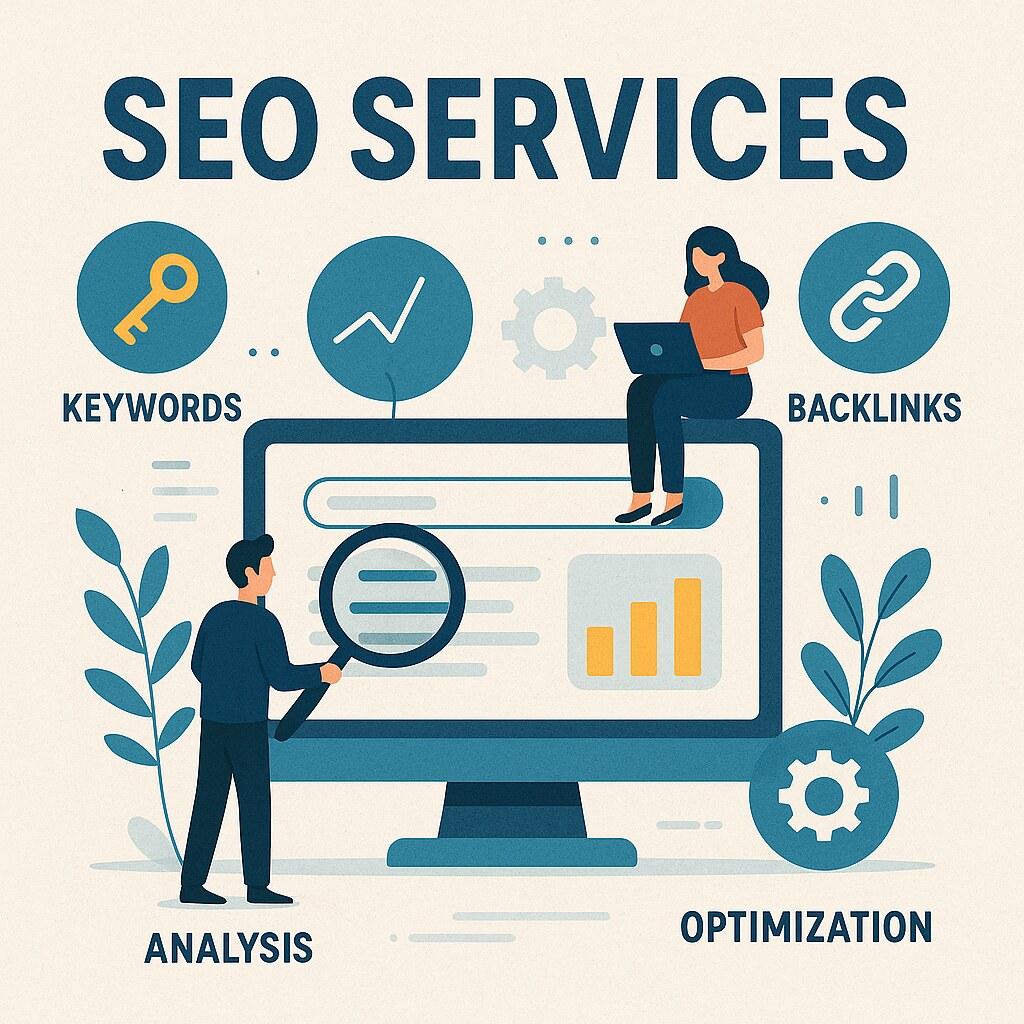Table of Contents
- Understanding the Concept of Domain Selling
- Key Factors That Determine Domain Value
- Effective Strategies for Marketing Your Domain
- Navigating the Selling Process: Tips and Best Practices
- Choosing the Right Platform for Domain Sales
- Q&A
- Key Takeaways
Understanding the Concept of Domain Selling
Domain selling involves the buying and selling of domain names, which are the web addresses that users type into their browsers to access websites. This market has become increasingly competitive, with individuals and businesses recognizing the value of establishing a strong online presence. A domain can often represent a brand, a product, or a service, making it a digital asset with the potential for significant financial return. Sellers can make profits by acquiring domain names that have intrinsic value due to their keyword affinity, brandability, or market trends.
When considering domain selling, there are several key factors that play a critical role in determining a domain’s worth:
- Keyword Relevance: Domains that include popular or trending keywords tend to rank better on search engines, thereby increasing their value.
- Length and Simplicity: Shorter, easy-to-spell domains are often perceived as more valuable.
- Brandability: A unique or catchy domain name that resonates with potential customers can drive higher demand.
- Extension Type: Different domain extensions like .com, .net, or .org can significantly impact value, with .com being the most sought after.
To better illustrate the potential market for domain selling, consider the following table outlining various domain selling platforms and their features:
| Platform | Key Features | Commission Rate |
|---|---|---|
| GoDaddy Auctions | Large marketplace, domain appraisal tools | Up to 20% |
| Flippa | Broad categories for digital assets, user-friendly | Varies by sale price |
| Sedo | Global reach, dedicated domain brokers | 10% to 20% |
Understanding these dynamics can empower potential sellers to effectively navigate the domain marketplace, ensuring they make informed decisions in their buying or selling endeavors. By leveraging the right platforms and strategies, individuals can tap into this lucrative market and potentially gain substantial returns on their digital investments.


Key Factors That Determine Domain Value
When assessing the worth of a domain, several key elements come into play that can significantly influence its market value. One of the primary factors is the domain extension. Popular extensions such as .com, .org, and .net often command higher prices due to their established credibility and recognition among users. In contrast, less common or newer extensions may vary widely in value depending on the market’s perception and demand.
Another crucial aspect is the length and memorability of the domain name itself. Short, concise domains tend to be more valuable because they are easier to remember and type. Furthermore, catchy and brandable names often attract more interest from potential buyers, as they can create a strong identity for a business. Consider the following factors:
- Length: Generally, domains under 15 characters are preferred.
- Keyword Relevance: Domains that include popular search terms can enhance SEO value.
- Pronunciation: Easily pronounceable names are more likely to spread through word-of-mouth.
Lastly, the market demand and trends play a pivotal role in determining domain value. Emerging industries or trending keywords can elevate the price of related domains. Additionally, historical sales data can provide insights into what buyers are willing to pay for similar names. The following table highlights some of these market factors:
| Factor | Impact on Value |
|---|---|
| Domain Extension | Higher for .com names, lower for obscure TLDs |
| Domain Length | Shorter names generally command higher prices |
| Keyword Presence | Including trending keywords can boost value |


Effective Strategies for Marketing Your Domain
When it comes to effectively marketing your domain, utilizing a multifaceted approach can yield great results. Start by crafting a compelling brand narrative around your domain name. This story should convey what makes your domain unique and ideally align it with a specific niche or market. Use this narrative on your website, social media platforms, and any promotional materials. Engaging visuals and clear messaging are essential here, as they help potential buyers envision how they can utilize the domain for their own ventures. Another vital strategy is leveraging the power of SEO and keyword optimization. By embedding relevant keywords in your website content, you can improve visibility in search engine results, which is crucial for attracting interested buyers. Consider creating a blog or resource center that not only discusses topics related to your domain but also ranks well for search queries. This positions your domain as an authoritative resource while also driving organic traffic. Additionally, ensure that your domain is listed on popular marketplaces and registrars where potential buyers frequently search. Lastly, consider the use of paid advertising and social media campaigns to further enhance outreach. Platforms like Google Ads and Facebook allow for targeted advertising, ensuring that you reach individuals most likely to be interested in purchasing a domain. You can create eye-catching ads with compelling calls to action to draw in potential buyers. Combining this with email marketing can help you maintain a connection with interested parties, providing updates or promotions that may drive a sale. Remember to analyze the performance of your campaigns regularly to refine your approach and maximize results.| Strategy | Description |
|---|---|
| Brand Narrative | Create a compelling story around your domain to capture interest. |
| SEO Optimization | Use relevant keywords and high-quality content to increase visibility. |
| Targeted Advertising | Utilize Google Ads and social media for precise outreach to potential buyers. |


Navigating the Selling Process: Tips and Best Practices
When it comes to selling a domain, understanding the nuances of the process can make a significant difference. Begin by conducting a thorough evaluation of your domain’s value. Factors to consider include its age, keyword popularity, length, and overall market trends. Utilize online appraisal tools and comparable sales data to gauge what similar domains have gone for in recent sales. This groundwork will help you set a competitive price that attracts buyers while ensuring you maximize your potential profit.
Next, create an appealing listing that highlights the best aspects of your domain. A well-crafted description should include key selling points, such as:
- SEO potential: Explain how the domain can enhance a buyer’s online presence.
- Brandability: Discuss the uniqueness and memorability of the domain name.
- Traffic statistics: Provide data if the domain has a history of consistent traffic.
promote your listing across various platforms. Leverage domain marketplaces, social media, and relevant online communities to maximize visibility. Consider reaching out to potential buyers directly or using targeted advertising to get your domain in front of the right audience. Remember, effective communication is essential; be prepared to answer questions and negotiate terms to facilitate a smooth transaction.


Choosing the Right Platform for Domain Sales
When embarking on the journey of selling domains, selecting the right platform can significantly impact your success. Not all marketplaces cater to the same audience, so it’s essential to align the characteristics of the platform with your domain’s value and target market. Explore options that not only boast extensive reach but also offer specialized services tailored for domain sellers. This ensures you can connect with the right buyers who appreciate the worth of your assets.
Consider platforms that provide robust search functionalities, allowing potential buyers to filter and discover domains that meet their specific needs. Look for features such as:
- User-friendly Interface: An intuitive design increases user engagement.
- Domain Evaluation Tools: Incorporating analytics can help you set competitive prices.
- Marketing Support: Platforms that assist with promotional campaigns can boost visibility.
Additionally, keep an eye out for the transactional aspects of popular marketplaces. Examine their fee structures and ensure transparency regarding commissions and additional charges, which can eat into your profits. Below is a comparison table to aid in evaluating some prominent domain selling platforms:
| Platform | Commission (%) | Features |
|---|---|---|
| GoDaddy | 20% | User-friendly, Auction Options, Global Reach |
| Sedo | 15% – 20% | Domain Appraisals, Escrow Services, Multilingual Support |
| Flippa | 10% | Startup Focused, Auction Format, Integrated Bidding |

